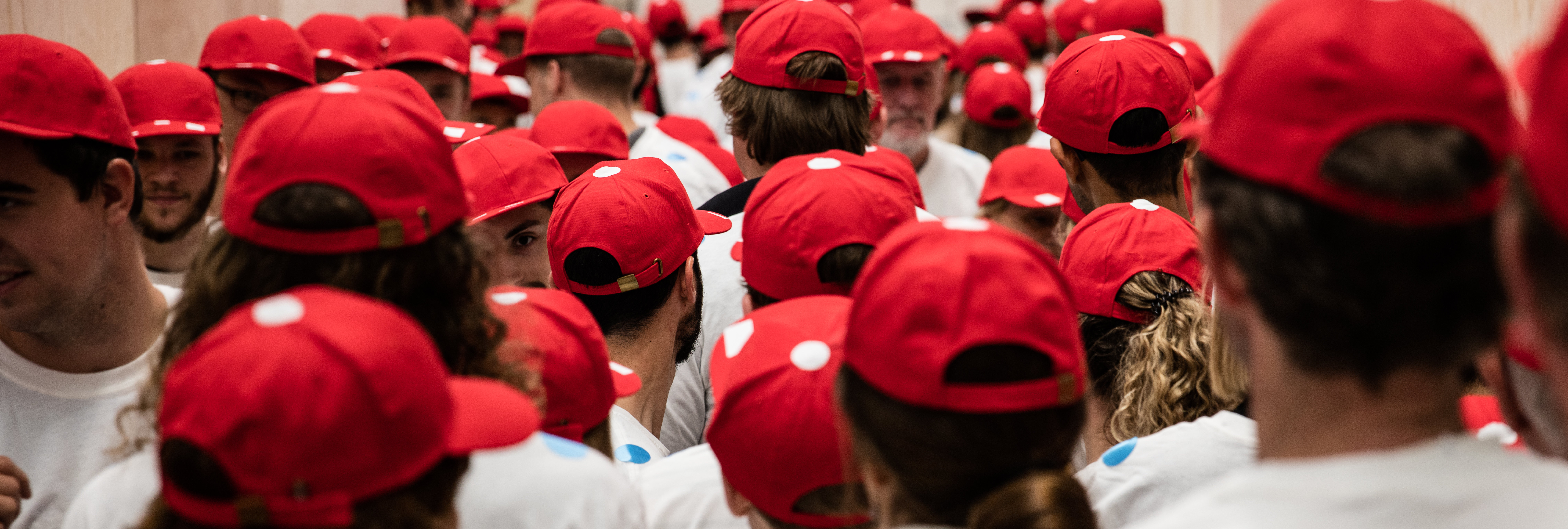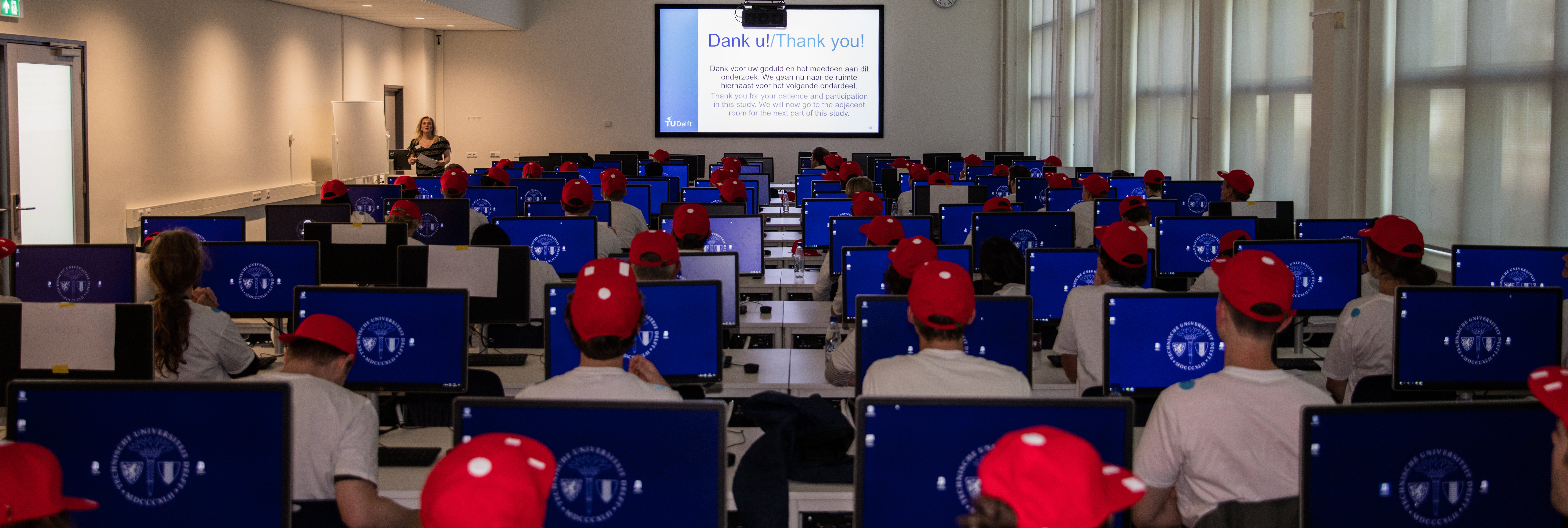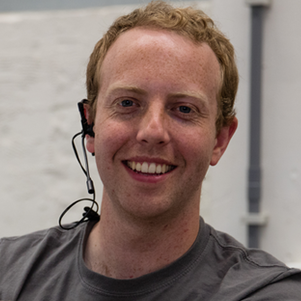The festival season has started and we've just had annual events King's Day and Liberation Day. It's a time to enjoy great music, tasty drinks, a great atmosphere and, with a little bit of luck, some sunshine too. But it's also a time when crowds appear. Times when you find yourself among hundreds or even thousands of people, near an entrance of a gig, trying to manoeuvre your way from A to B. This results in jams, frustration and sometimes even dangerous situations.
Crowd Limits experiment
In order to obtain a clear picture of these movement dynamics, Delft University of Technology is organising a large-scale experiment across two evenings. In a simulated environment, 180 participants aged 25 to 60, divided into ten groups, will have to push their way through a two metre wide corridor of wooden boards when instructed to do so. On the second evening, Wednesday, the setting will be slightly changed, and the corridor will be replaced by a crossroads. The aim is to gain an understanding of when the crowd becomes gridlocked and the phenomena that take place in the build-up to this point.
Dorine Duives, researcher in the field of Transport & Planning and leader of the experiment, explains how unique this research is. "Experiments into pedestrian movements have been conducted before, but they were smaller in scale and involved evacuations (one-way traffic) or multiple directions with much lower densities. An experiment involving so many participants, examining multiple directions of movement, is truly unique."
Testing hypotheses
Each participant will wear a white T-shirt and a red cap with a unique code on it. This will allow a ceiling-mounted camera to record who is who, explains Duives. "We will prepare a number of hypotheses, such as 'age plays a role' and 'height plays a role' when congestion occurs. When we analyse the images, we will be able to see exactly where congestion occurs and what is causing it. Thanks to the barcode, we can then substantiate the hypotheses with data." Furthermore, each participant will be given an assignment. "These types of factors could also have an effect on crowd congestion."
Experiment versus real life
Although research has also been conducted into pedestrian movements at festivals themselves, this experiment is necessary to gain an even better understanding. Duives: "At festivals, you are not in control of the situation. People have been drinking alcohol or are tired, and as a result they behave differently. Using only video images, we cannot exactly determine the exact cause of their walking behavior. We also have no data on age, height and weight."
Furthermore, a number of unexplainable cases emerged from real-life studies, says Duives, such as a large capacity crowd that still moves even though it is thought to be impossible according to current models. "This research may help us find explanations for this."
Optimal conditions
The Crowd Limits experiment will involve a basic scenario in optimal conditions. Duives: "Factors such as backpacks, alcohol and wheelchairs will not be studied. We will be focusing on basic variables such as age, weight and festival experience. The participants will also have to complete a computer-based test beforehand, so that we know more about their response during adverse events and their general respons to visual stimuli. Only once we have results from this research will we be able to focus on follow-up research, in which obstructions, group behavior and visitor mobility may be significant."
Years of research
After Wednesday evening, the hardest part begins, says Duives: collecting, elaborating and analysing all the data from the video recordings. A process that could take years. "We will have to review hours of footage and study the behaviour of each participant. It's going to be quite a challenge. Then we have to test all the hypotheses and finally draw up models. This is research that involves a lot of time and manpower."
No advice to festivals
The final results will be shared with fellow researchers and event organisers around the world. Duives emphasises that she will not be donning the cap of a festival organiser herself. "We want to explain the behaviour of visitors to understand how, when, why and where problems arise. Accordingly, it is up to the event organisers to use this knowledge to innovate in the design of their sites. They have a lot more experience with that than I do."






